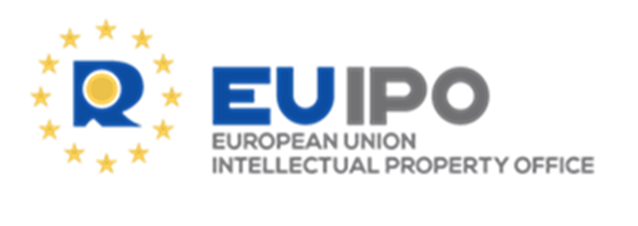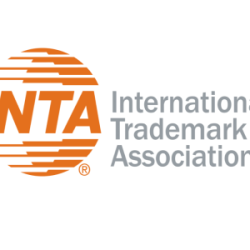- More than half (52 %) of Europeans surveyed aged between15 and 24 said they had bought at least one fake product online over the past year, both intentionally or by accident, and a third (33 %) said they had accessed digital content from illegal sources.
- Looking at those who did it on purpose, 37 % bought a fake product and 21 % used, played, downloaded, or streamed content from illegal sources.
- On the other hand, 60 % of young Europeans said they preferred to access digital content from legal sources, compared to 50 % in 2019.
- Price and availability remain the main factors for buying counterfeits and for digital piracy, but peer and social influence is also increasingly important.
- Cyberthreats, cyber fraud and the environmental impact are among the main deterrents.
The 2022 edition of the Intellectual Property and Youth Scoreboard, released by the European Union Intellectual Property Office (EUIPO), provides an update on the behaviours of young people towards intellectual property infringement in a post-pandemic context.
The survey looks at the two sides of IP infringement: the trends in young people purchasing counterfeit goods and accessing pirated content, assessing trends since 2016.
Over half (52 %) of the youth surveyed had bought at least one fake product online over the past year, intentionally or by accident, and a third (33 %) had accessed illegal content online.
Purchase of fakes
Reflecting the post-pandemic context, the new survey confirmed that 37 % of young people bought one or several fake products intentionally, which is a significant increase compared to the previous results (14 % in 2019). The figure varies notably by country, with the highest percentage being in Greece (62 %) and the lowest in Czechia (24 %)
The counterfeit products that young people most commonly buy intentionally are clothes and accessories (17 %), followed by footwear (14 %) electronic devices (13 %), and hygiene, cosmetics, personal care and perfumes (12 %).
But young people are also misled into buying fakes: unintentional purchase of fake products also stands at 37 % ([1]), and respondents acknowledged difficulties to distinguish genuine goods from counterfeits. 48 % had not bought such products or were unsure whether or not they had.
Online piracy
As regards digital content, access from legal sources is gaining ground among the younger generations. 60 % said that they had not used, played, downloaded or streamed content from illegal sources in the past year compared to 51 % in 2019, and 40 % in 2016, thus confirming the trend.
However, intentional piracy remains stable, with 21 % of young consumers (one in five) acknowledging they had knowingly accessed pirated content in the last 12 months. A significant proportion of young people were misled into accessing pirated content. 12 % accessed pirated content by accident, and 7 % do not know if they have. The main type of pirated content was films (61 %) and TV series (52 %), followed by music (36 %), using mainly dedicated websites, apps and social media channels.
In light of the new results, the Executive Director of the EUIPO, Christian Archambeau, said:
This third edition of the IP and Youth Scoreboard, published during the European Year of Youth, confirms the trends identified in previous editions and offers richer insights into youngsters’ perceptions and attitudes. At a time when e-commerce and digital consumption have been significantly growing, the increase in the intentional and unintentional purchase of fake goods is a worrying trend. As for piracy, it does not go down, even if young consumers increasingly prefer content from legal sources. This new analysis provides a valuable tool to help stakeholders, policy makers as well as educators and civil society organisations shape awareness-raising initiatives to support the informed choices of our young citizens and consumers.
Key drivers behind buying fakes and accessing pirated content
While price and availability continue to be the main reasons for buying fake products and accessing pirated content intentionally, social influences, such as the behaviour of family, friends, or people they know, are gaining significant ground.
Other factors include not caring whether the product was a fake (or whether the content source was illegal), perceiving no difference between original and fake products, and the ease of finding or ordering fake products online. One in 10 respondents mentioned recommendations by influencers or famous people.
What makes young people think twice?
For both products and digital content, young people mentioned personal risks of cyber fraud and cyberthreats as important factors that would curb their behaviours. Also, a better understanding of the negative impact on the environment or on society are now more widely mentioned by the young people surveyed.
([1]) The 2022 figures do not add up to 100% as for any given product category, respondents may have both intentionally and unintentionally purchased a counterfeit at some point over the last 12 months.
 ABOUT THE EUIPO
ABOUT THE EUIPO
The EUIPO is one of the largest decentralised agencies of the EU, based in Alicante, Spain. Ranked as the most innovative intellectual property office in the world in 2021, the EUIPO manages the registration of the European Union trade mark (EUTM) and the registered Community design (RCD), both of which provide intellectual property protection in all EU Member States. It also carries out cooperation activities with the national and regional intellectual property offices of the EU and hosts the European Observatory on Infringements of Intellectual Property Rights.
The European Observatory on Infringements of Intellectual Property Rights was established in 2009 to support the protection and enforcement of intellectual property rights and to help combat the growing threat of intellectual property infringement in Europe. It was transferred to the EUIPO on 5 June 2012 by Regulation (EU) No 386/2012 of the European Parliament and of the Council, reaching its 10th anniversary this year.
| MORE NEWS | | SHARE NEWS WITH OUR EDITOR |









